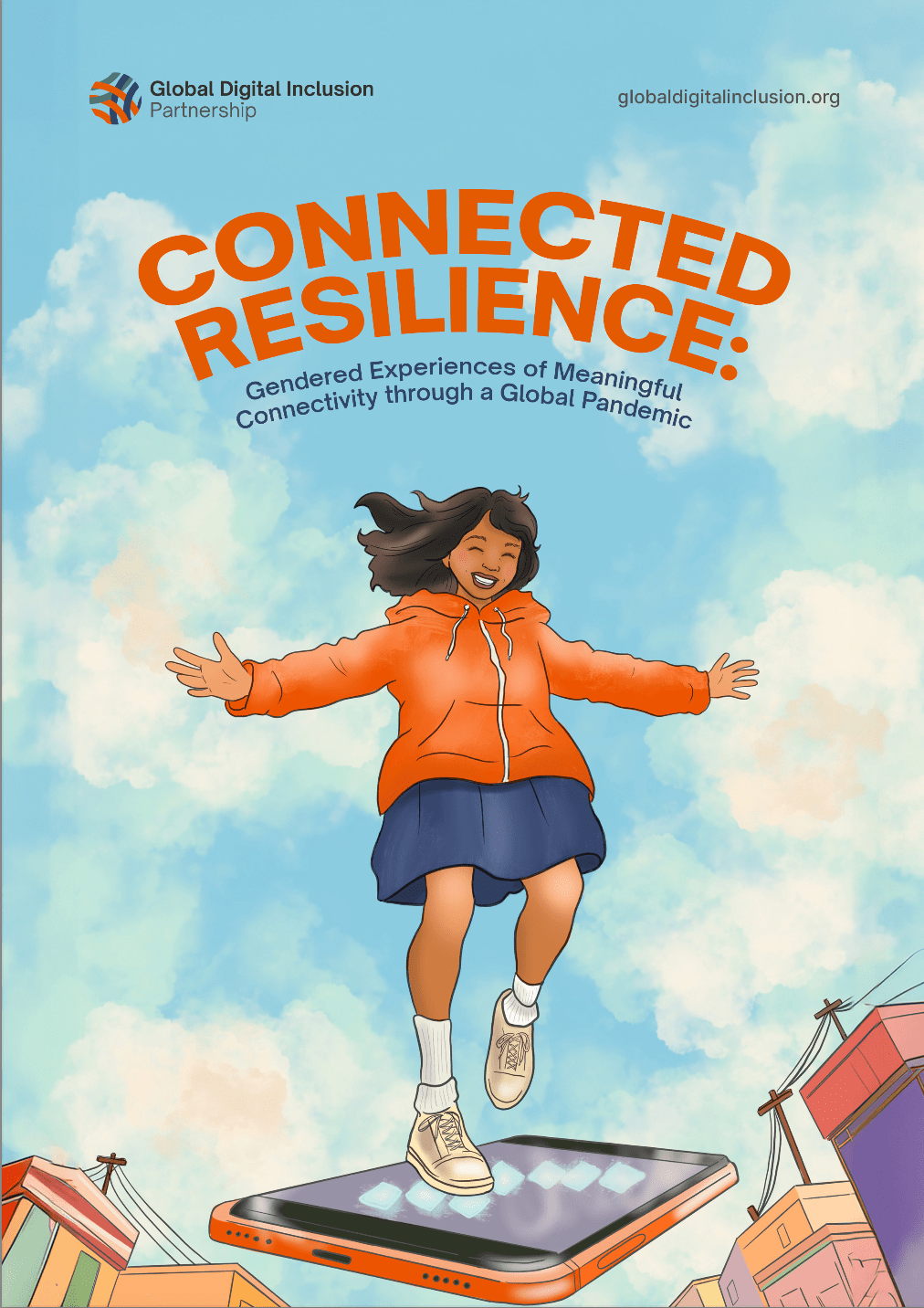
At the Commission on the Status of Women #CSW68 in New York, Global Digital Inclusion Partnership, with support from the Internet Society Foundation, published a new report that provides a comprehensive overview of the challenges and opportunities in achieving gender digital inclusion, particularly in the wake of the pandemic.
The pandemic made it clear that meaningful connectivity is now a basic requirement for all.
● Across their six survey countries, women with a tertiary education were nearly twice as likely to be meaningfully connected compared to their peers with less education.
● Women living in rural areas were three times more likely to lack internet access than their urban-dwelling peers, while women living in cities were over 50% more likely to have meaningful connectivity.
But too many women, too many of the world’s impoverished, & too many people living in rural communities remain unconnected, underconnected, or simply left behind.
Women interviewed in underserved remote villages in India and impoverished urban settlements in Nigeria reported restricted digital access due to:
- lack of infrastructure (such as mobile towers)
- high cost of devices and data services
- dependency on men in their family to use devices
- income-generating activities and unpaid care work leave little to no time available to access connectivity or digital skills educational initiatives.
From infrastructure challenges to socioeconomic barriers, the @GDInclusion’s report underscores the complexities of digital inclusion. But together with KaiOS, and through inclusive policy actions, we can shape a more connected world.